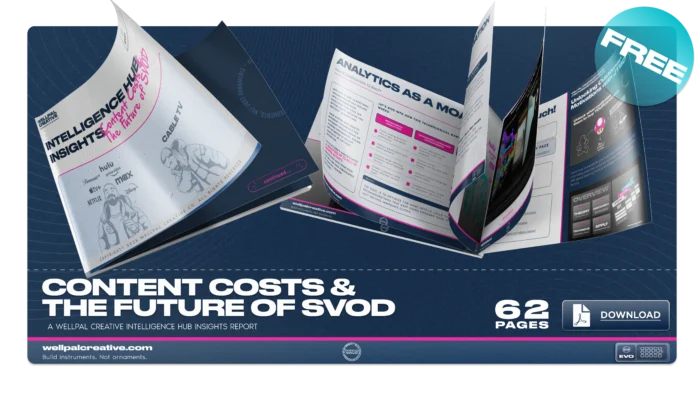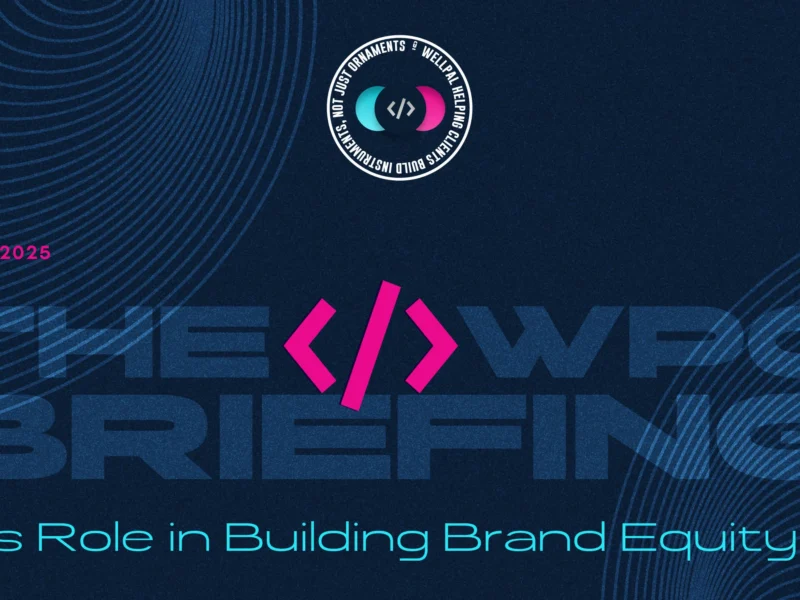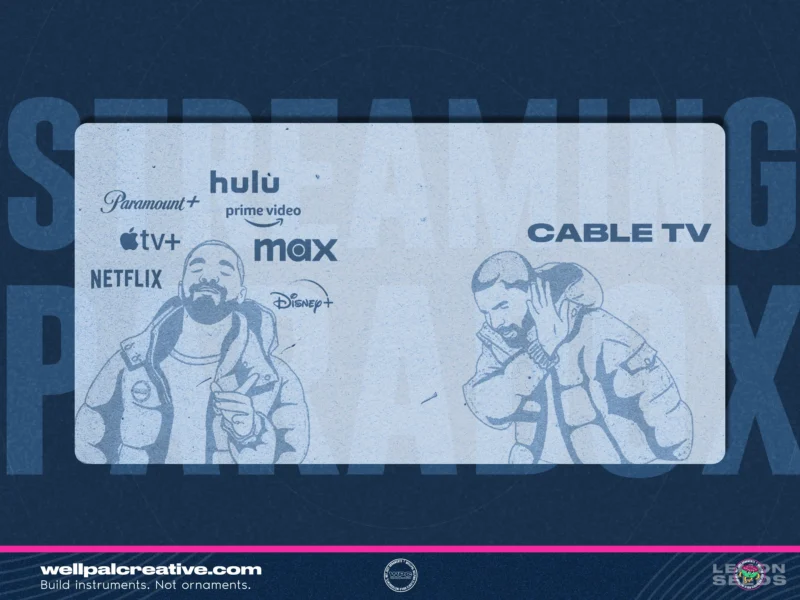COPYRIGHT © 2025 WELLPAL CREATIVE


“Build Instruments. Not Ornaments”
Featured
-
411 - NOLO Market
$30.00Original price was: $30.00.$15.00Current price is: $15.00.
Recent Lemon Seeds
Copyright © 2025|2026 WellPal Creative
The Great iWall
The 'bubble war' in Apple's iMessage as a brand gatekeeper.
The case.
How one of the most powerful brands has leveraged the power of color psychology (and more) for its brand strategy and lock-in.
Context:
Some of you (as I see readers are spread all over the world) might not be aware of one of the trending non-traditional “wars” going on in the US.
It’s that of Green bubbles vs. Blue bubbles in Apple’s iMessage app and how this, for some, overlooked app in the entire Apple ecosystem is a crucial iGatekeeper for the brand.
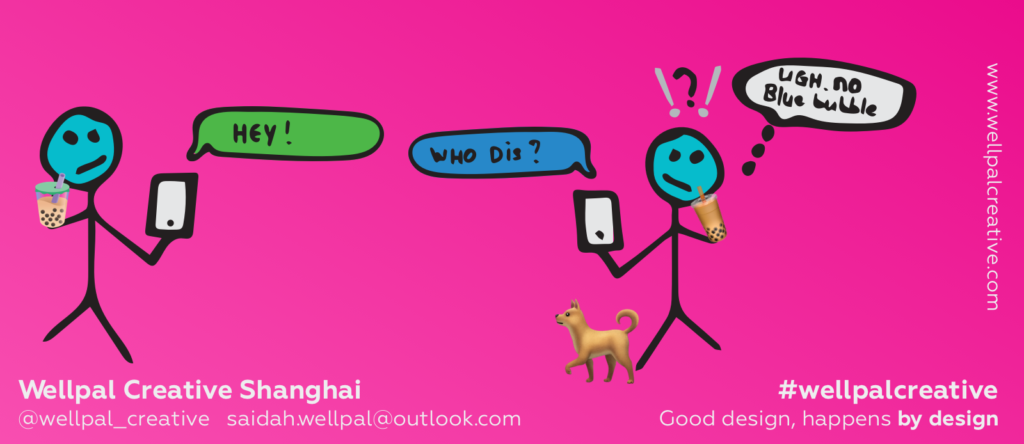
Behavior (in consumer behavior) refers to the physical actions of consumers that can be directly observed and measured by others.
– This is at the foundation of apple’s lock-in strength.
Now, this is not an article on being an Apple fan girl or advocating whether all they do is good or bad. or whether Apple is better than Android.
You need to be able to compartmentalize subjects and apply your own critical thinking in order to understand the bigger system.
That said,… let’s dive right in.

Unfair advantage:
Can be many things, but price is one. If you don’t have to compete on price and people buy into your solution regardless of it.
There is very little price sensitivity to Apple’s products as they compete on benefits, not price.
Another aspect is that Apple build its Privacy stance and turned that into a strategic business advantage based on what its competition was doing “wrong”; playing fast and loose with consumer data. This “advantage” creates a moat that the competition simply cannot follow as a big part of their business model relies on exploiting it.
What is a “Lock-in” strategy?
Not everyone reading these articles might know what it means, but once explained you can shape your own mental model for it and evaluate aspects in your life that have been exposed to this.
It might be best to briefly touch on this in order to understand why I refer to iMessage as one of Apple’s iGatekeepers to their ecosystem.
“It is a strategy, plain and simple, to link your brand with your customers to the point that them switching to the competition becomes a big struggle, they don’t want to deal with”.
We might not realize it, but there are numerous ways we as consumers are locked into “ecosystems” without even realizing it until we have a reason to switch.
Some prominent examples are Amazon, Wechat, Alipay, Google, Microsoft etc.
When brands design their business model and strategy, this is one of the tools that can be used (it is not a suitable option for everything and every market).
Brands can assess if this is a road they want to go down when they have mapped out the fundamentals such as their value proposition, unfair advantage, and or unique selling points.
Why would brands like Apple care so much about this?
I think it’s obvious by now, but in case it’s not…
Locking your customers in builds up a wall making it very hard or inconvenient for them to switch to alternative solutions/brands. It also extends your customer’s lifetime value which for companies is very important.
Over the lifetime value (LTV) of a customer, there is a customer acquisition cost (CAC) ratio.
The higher this ratio is, the better the profitability indicator for that brand is (adding to brand equity in some analyses).
sooo… We can see now, WHY Apple is not keen on removing any of their iGatekeepers anytime soon or even giving up their power slightly if not legally necessary.
Apple has mentioned in internal communication that it could technically open iMessage to other platforms, but that would give away power to their lock-in effect.
Add on top of this that iMessage’s end-to-end encryption is something that is a key selling point and advantage to their firm stance on “Privacy focus” (solid marketing strategy one can argue). They use deliberate simple language and “Privacy” is the umbrella that covers things like end-to-end as well.
This can support their case for keeping things as they are on their end. Especially in times like this when the consumers are getting more and more sensitive to big data privacy and their digital communication.
Pretty similar to how Volvo for many years designed its brand to be linked to “safety” and build its entire brand around this category. They held this association for many years (over the years it might have weakened).

Messaging app wars
When mobile messaging first started to pick up we were using SMS which had its text and character limits and made way for MMS. MMS in turn also reached its limits.
Part of the Innovation lifecycle inevitability.
Apple in true fashion builds pretty much all of its solutions in-house and so iMessage was no different. It was ahead of the mainstream protocols (SMS and MMS) in many ways when it came to a commercial application (iCloud syncing across all their Apple devices, Tapback, and Memoji, as well as industry-leading privacy and security with end-to-end encryption).
The catch was that it only works between iOS and OS operating systems (meaning only Apple users can experience its benefits of it).
So far I think not many people would have a real problem with it as companies develop proprietary solutions all the time.
Soo a blue bubble indicates you are an Apple user and a green bubble is “anyone else”. Now of course among Apple users, there is no controversy. It starts when group chats are formed and the green bubble is isolated. Rich media is displayed differently, Tapback all of a sudden becomes a mess and you lose oversight of what is going on if you leave the group convo for a bit.
Cases have been made of teens being bullied by Apple users just because they don’t use Apple.
This is the part where people (and of course Android execs) are starting to see a moral concern.
Apple’s biggest market is the US and, contrary to popular belief, in the US the go-to messaging app is the default app. Add to that that their biggest consumer demographic is teens and young adults (70-72%).
Now this lower age range of the demographic is on average much more susceptible to peer pressure. Brands are very much aware of psychological behavior in consumers (heck our entire industry is somewhat built upon it).
Apple is a company that is very much in tune with the true struggle and needs of its core customers, especially in the long term. in this case, the core demographic to some extent craves belonging.
This is part of Apple’s brand identity from the start, to do things differently and the process to do that with like-minded people.

The network effect.
Network effect occurs when a company’s solutions become increasingly valuable, the more the number of users increases (think pretty much any social media app or software product).
When you leverage this, it aids to your overall growth.
In Apple’s case, we would be dealing with a 2-sided platform network effect (similar to video game platforms, blockchain, and Tesla now as well).
Part of this growth came from leveraging it in many ways. One interesting way is by exploiting their biggest demographic. The iPhone is a lifestyle brand for many people positioned in different ways. For the US market, it’s a status thing (similar to China).
If you are a group of friends or a family and the majority of that group uses an iPhone, chances are at some point conversion will happen of the odd-one-out.
It’s proven very difficult for the odd-one-out to convince the majority to switch to their solution. This has been an “adaption struggle” for many new brands for a very long time.
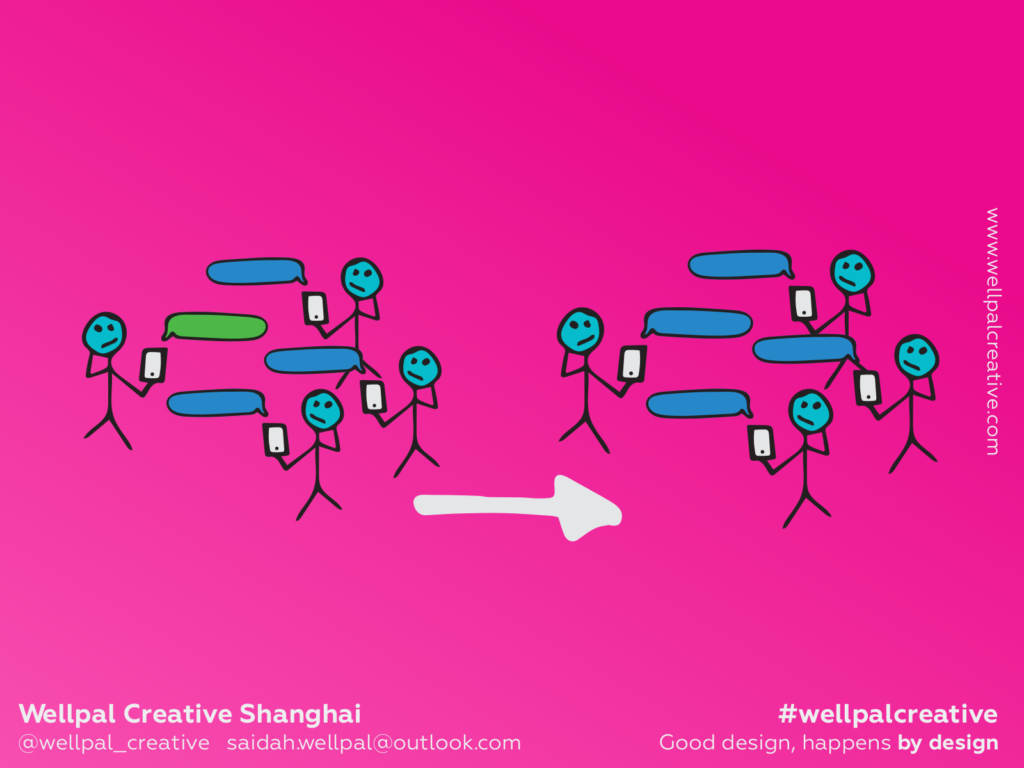
THE GREAT iWALL OF APPLE.
Apple’s brand strength is one of the strongest, you can hate them or love them but your personal opinion will not really change this at the moment.
- New users – Compelling design, ease of use, and network effect
- Existing users – All of the above and a high lock-in the longer you stay within the ecosystem.
That said they’ve managed over time to construct a solid iWall to protect their brand. Lock-in is their key tool. It has taken shape in many ways and in a combination of ways, the core 3 in my opinion are:
- Hardware
- Software
- Brand (Psychological)
My 5 cents
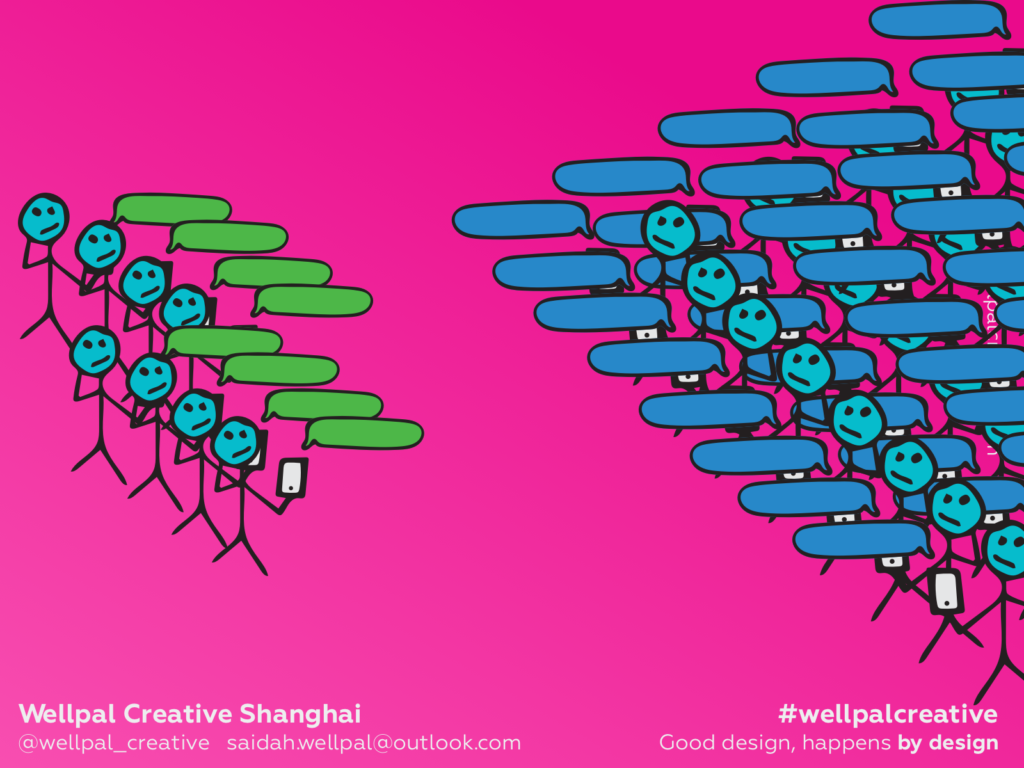
Given the ongoing controversy and debate on Apple using iMessage to entice bullying amongst teens, for their own benefit, there are enough opinions out there.
Brand wars have been around since the early days of capitalism and their roots have always been for personal gain. Let’s not be under any other illusion than that.
It would also be easier said than done to say ok let them use a 3rd party app.
This is very standard in Europe (WhatsApp) and Asia (Wechat, WhatsApp). But we’re talking about consumer behavior change. This is not an easy thing to change and if brands have spent years shaping this behavior, they will be damned if they give it up because the competition is putting pressure.
If we solely focus on the issue at hand, “bullying” I think there is not enough reason to force Apple to start using more suitable protocols such as RCS (the closest protocol to give the iMessage experience and that can be used on all platforms). But since when have they been fast responders to incorporating outside developed tech in their solutions…
If it isn’t tech it’s luxury fashion or ethnicity that will be the cause of bullying. this is not me justifying it, but simply questioning to what extent we as consumers should put the blame on companies or not.
The competition side has enough reason to fuel this battle as it makes sense for them to break down this iWall as much as possible to open up market share. Let’s not mistake their “good samaritan” stance on this for anything else.
Apple could however address this social issue in a “campaign” way. Subtle hints of them as a brand acknowledging this “divide” but working around it in a socially acceptable way. Many ways of spinning a campaign around this without having to give up any of their leverage.
How I can help you further.
You can have a look at my process for brand strategy building and book a free 20-min consult (limited slots every month) or register (free) to get access to more detailed content on similar subjects or upgrade (paid) to get access to future workshops or courses on these topics and how to build these tools for your own brand.
If you are already a bit more serious and further along the process of building your business or brand, and would like a 3rd party input on structuring your framework or building your brand, you can consult me or get in touch for a project specific offer.
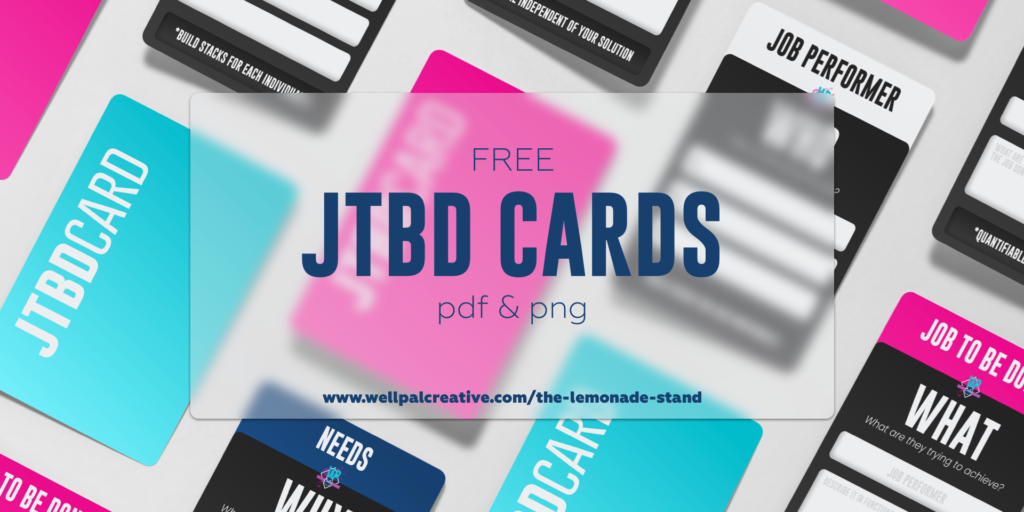
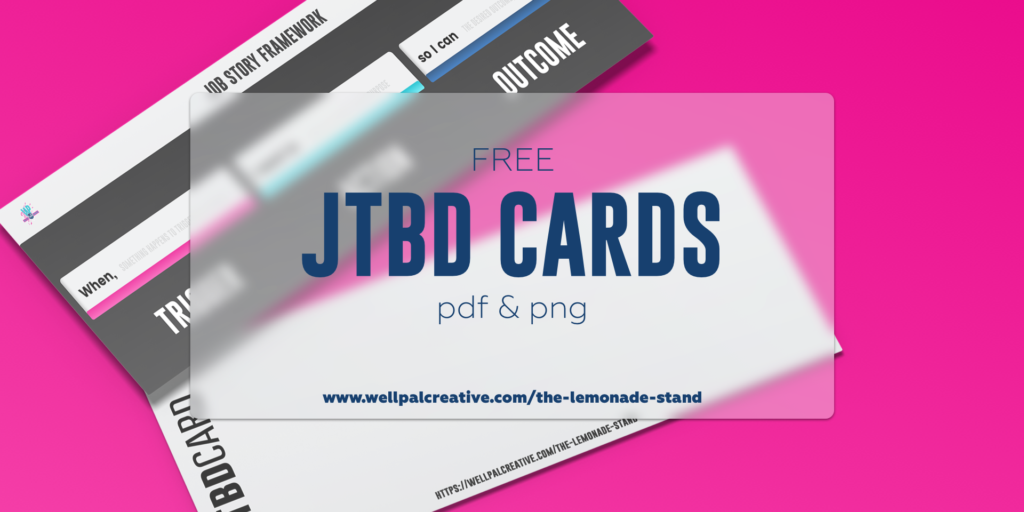
Use them to build/design/explore your brand or company JTBD and shape your own competitive advantage.
Registration also gives you access to a more detailed post about how to use the cards and what each one’s purpose is.


